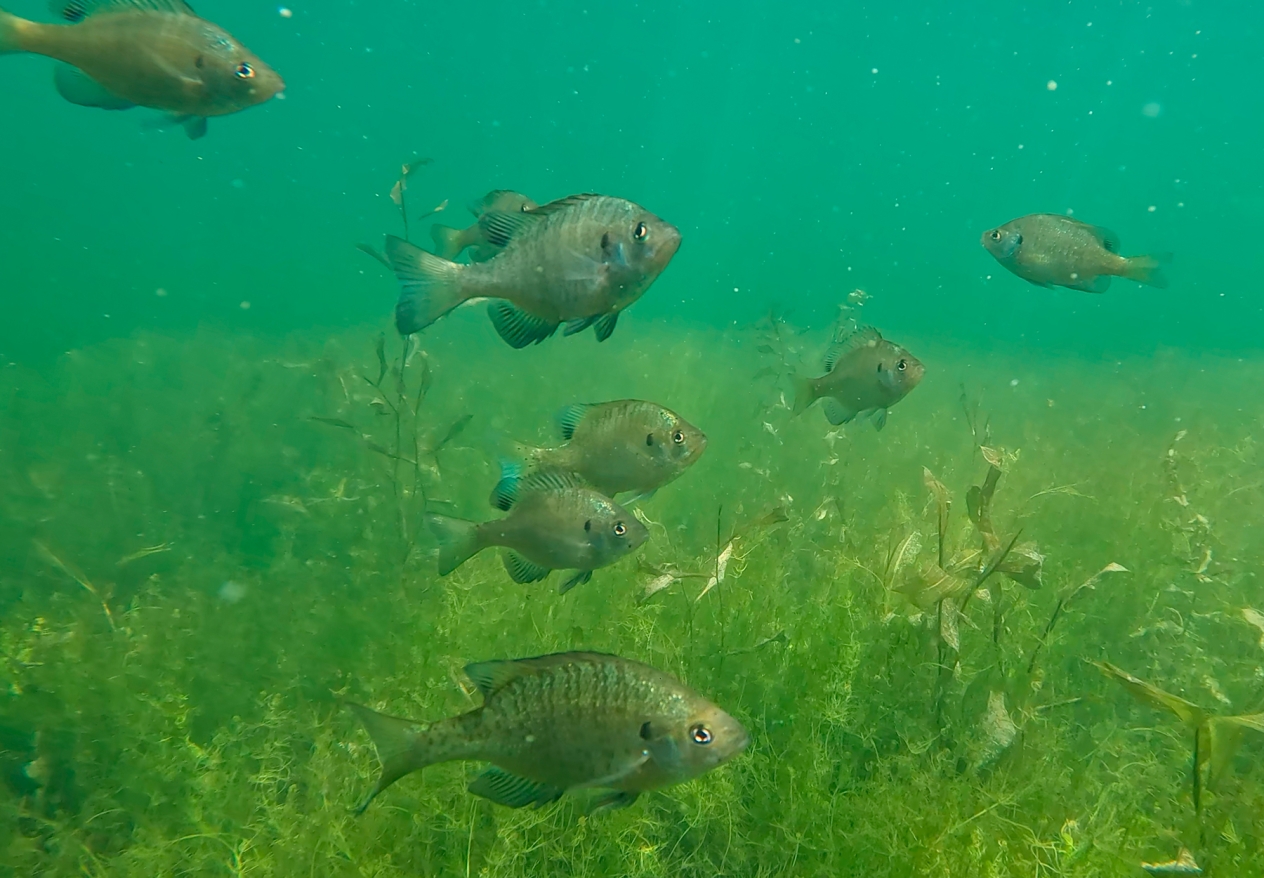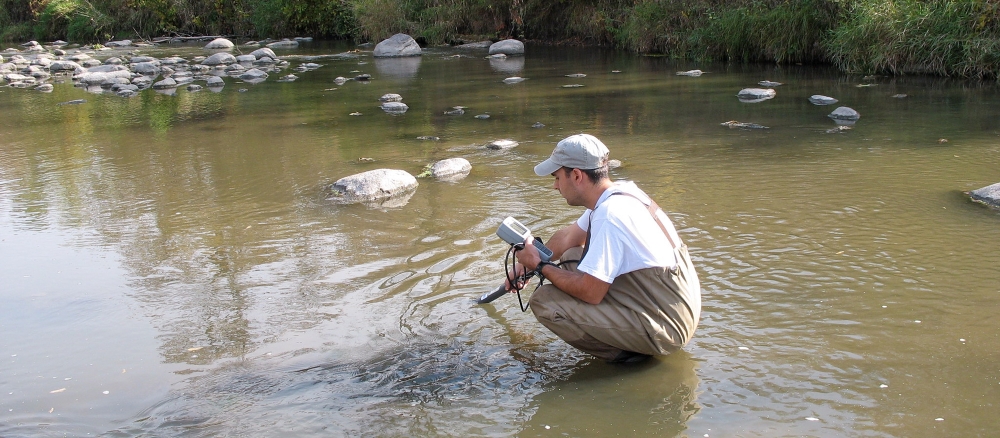Triennial standards review offers opportunity for comment on all aspects of the state’s action on water quality
The Minnesota Pollution Control Agency is committed to ensuring the quality of water across the state — including in its world-famous 10,000 lakes. To meet that goal, it’s crucial that the state hears from everyone who depends on that water for drinking, swimming, fishing, and its many other uses.
Every three years, the MPCA conducts a triennial standards review — TSR for short — to get input from the public on goals to protect the state’s waters.
Those standards cover everything from bacteria that can make the water unsafe for swimming to sediment that can prevent fish from spawning to mercury, PFAS, and other pollutants that can harm people’s health.
In this review, the MPCA is also considering standards on nitrate to protect aquatic life, new standards for per- and polyfluoroalkyl substances (PFAS), site-specific standards for Red Lake, revised ammonia standards, revisions for copper and aluminum standards to align with the EPA’s standards, standards on cyanotoxins to address algal blooms, and new standards to address certain pesticides. The entire list of standards under consideration is available on the MPCA’s website.
While the agency does regularly ask for feedback during rulemaking for specific water quality standards, Leya Charles, a research scientist with the MPCA, said the triennial standards review offers the public the opportunity to comment on essentially every water quality standard the agency defines under Minnesota Rules 7050 and 7052.
“This is a chance to the public to influence our work more broadly,” she said. “We want to see what the public’s priorities are and whether the MPCA’s priorities should be shifted as a result.”
Public input on water quality standards can have big impacts, too. Charles said that the MPCA moved timelines forward for many new standards based on input in the last review in 2021. New water quality standards in turn lead to better understanding of how to improve or maintain the health of Minnesota’s lakes, rivers, and streams.
“Based on the review, we create a workplan to make sure these waters meet health and safety standards, both for aquatic life and people,” Charles said.
Water quality standards also factor into which lakes, rivers, streams, and wetlands go onto Minnesota’s impaired waters list as well as the watershed restoration and protection strategy reports that the MPCA publishes, both of which play a role in identifying bodies of water that are in trouble and ways to get them out of that trouble.

Shannon Kesner, the MPCA’s director of Tribal affairs, explained the agency’s commitment to ensuring Tribes have an opportunity to provide input during the TSR, explaining the current triennial standards review will cover a lot of ground, looking at water quality standards to protect wild rice, fish, human health, and recreation.
“A big focus of this cycle is on drinking water with new standards aimed at keeping harmful substances out of our water supplies to ensure safe water for every Minnesotan,” Charles said.
Once the workplan is completed, the work of implementing the new and revised standards will go through individual rulemaking processes, each of which will incorporate additional feedback from Tribes and from the public.

